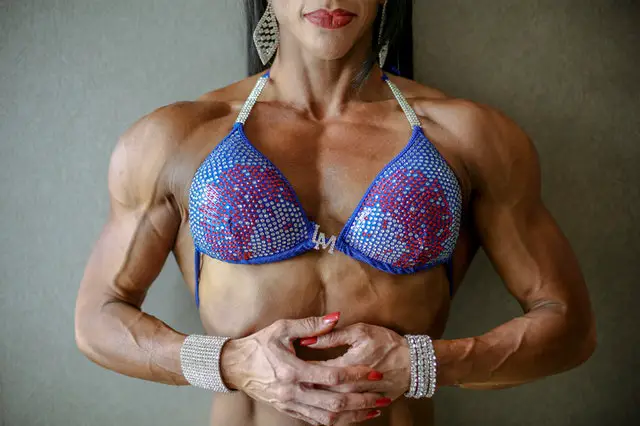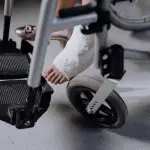Even though a lot of people at some point in their lives experience issues with veins, people are generally not too familiar with some of the vein-related conditions. A majority of them think that vein illness comes in the form of a huge varicose vein that pops up out of the leg.
Although that’s something that could potentially happen, it’s not the only problem that can strike any individual. Namely, vein issues go much deeper than just appearance. More importantly, there are numerous symptoms of vein disease that remain hidden for a certain period of time.
And if you do not have the slightest idea about the symptoms and signs, then you’re not going to be able to recognize them on time. That’s why we’ve decided to write an article that will provide you with some useful information.

Helpful Facts About Venous Disease
Various Types Of Veins Disease
-
Blood Clots
It represents a certain amount of blood in your body that has turned into a semi-solid mass. Why does this happen? It occurs because your body is trying to prevent bleeding when you’re being injured and at times, it develops clots inside a blood vessel and doesn’t break down on its own.
Platelets (cells that drift in the blood) then become too sticky and start attaching to one another. Then fibrin (a strand in the blood) attaches to the platelets and creates a net that entraps red blood cells.
The most common blood clot-related issue is deep vein thrombosis, which can cause redness, pain, visible veins in the affected area, swelling, and warmth. In case you’re dealing with pulmonary embolism, you’ll be experiencing chest pain, constant cough (sometimes with blood), shortness of breath, etc.
-
Varicose And Spider Veins
Both of these types of veins are usually very swollen and twisted and typically can be seen on the legs. Generally speaking, women are more susceptible to these conditions, especially during pregnancy, when they are older or too overweight.
Varicose veins are typically twisted and may appear to be red, blue, or skin-colored. In case they are bigger, they can make your skin bulge out. In comparison to varicose veins, spider veins are quite smaller.
They are generally red and may look like either spider webs or tree branches and unlike varicose veins, these do not make your skin bulge out. In case you are dealing with any of these vein conditions, and you want to find the right vein doctor, this directory will help you locate the best one if you live in the USA. Is it difficult to treat these vein conditions?
Not always. Depending on the severity of your condition. For instance, if your symptoms are relatively mild, then you’ll be able to treat them at home with compression stockings. On the other hand, if your veins are too large, then you may need surgery. Only a doctor is going to be able to determine that.
Adding More Useful Facts Below
Venous Insufficiency
So, what does it represent? Namely, the arteries carry blood from the heart to the rest of the body. The role of the veins is to carry blood back to your heart, while the valves in the veins are here to prevent the blood from going backward.
When the veins are unable or experiencing difficulties sending blood from the limbs back to your heart, then this condition is called venous insufficiency. In this case, blood does not flow back to the heart the right way.
A lot of factors may cause this condition, however, the most common ones include varicose veins and blood clots (also known as deep vein thrombosis). The most common symptoms include:
- Leg cramps
- Swelling of the ankles and legs
- Pain that gets worse when you raise your legs or stand
- Weak legs
- Itchy legs
- Feeling heaviness in your legs
- Throbbing or aching
- Skin that is prone to changing color, especially around your ankles
- Varicose veins
- Leg ulcers
- Experiencing tightness in the calves
If you think that you are having this condition, then your doctor will probably suggest either venogram (during which he/she will place an IV contrast dye into the veins), or duplex ultrasound.
When it comes to treating this condition, it highly depends on your age, symptoms, how well you tolerate certain procedures and medications, as well as the severity of your condition. Doctors generally suggest using compression stockings that apply pressure to the lower leg and ankle.

This is not the topic that people frequently talk about, hence, we hope that with the help of these helpful facts, you’ll be able to recognize any issue on time and find a way to efficiently and quickly resolve it.



